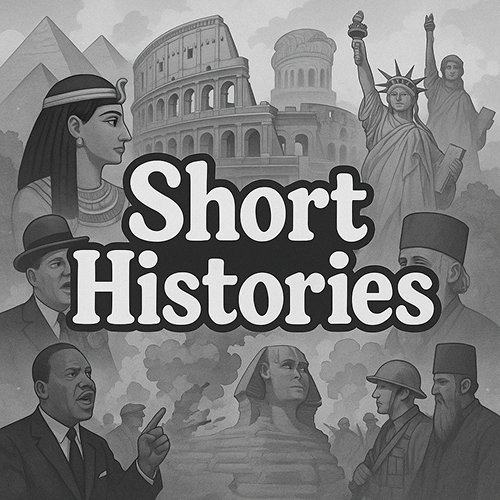Where Ice Forged Men of Iron
Long before their sails darkened the shores of Britain, before their axes rang through the monasteries of Lindisfarne, the Vikings or Northmen, as they were often called lived quietly at the edge of the known world.
Their homelands were the stark, rugged landscapes of Scandinavia: Norway’s towering fjords, Sweden’s dense forests, and Denmark’s cold, fertile plains. It was a land both cruel and beautiful.
Summers were brief, winters merciless. The earth gave little freely; the sea gave less. Yet from these hardships rose a people as hard as the land itself farmers, fishers, hunters, traders… and eventually, conquerors.
Their world was not one of kings and castles but of clans, longhouses, and chieftains. Strength and reputation were the true currencies. Honor was everything. Blood feuds settled disputes as often as treaties did. It was a life lived close to the bone and it shaped them into something the rest of Europe was not prepared for.
Of Ships, Sagas, and Survival
What the land denied them, the Vikings took from the sea. They built ships sleek, fast, and shallow-hulled that could slice through oceans and creep up rivers with equal ease. The longship became a symbol of terror in Europe not just because of its form, but because of its function: mobility, speed, and surprise.
These ships carried warriors and settlers alike, pushing into Britain, Ireland, Francia, and as far as the icy unknown of Iceland, Greenland, and North America but the longships didn’t just carry raiders. They carried culture, stories, and faith.
By firelight in longhouses, sagas were born tales of gods and monsters, heroes and fates. They spoke of Odin, the all-father who sacrificed his eye for wisdom; Thor, whose hammer guarded both gods and men; and Loki, the trickster whose schemes would one day end the world in Ragnarök. Their mythology was not merely religion. It was a mirror held up to life itself: brutal, beautiful, fleeting.
Why They Left
The 8th and 9th centuries brought more than cold winds. Populations grew. Arable land did not. Inheritance laws favored the eldest sons. Ambitious younger brothers found themselves landless, restless, and armed. At the same time, Europe’s defenses were weak, monasteries were rich in gold but poor in guards and rivers led straight to the heart of empires.
The stage was set and what began as seasonal raids for plunder soon grew into something larger: expansion, colonization, conquest. England, divided and fractious, fell prey to the Great Heathen Army. Francia paid gold to keep them at bay, then paid more. The Rus’ people, future founders of Russia, traded with Norsemen who came down their rivers with furs, slaves, and steel.
Even as far south as Constantinople, Viking warriors served as mercenaries in the Byzantine Emperor’s Varangian Guard.
A Reputation Written in Blood
To the monks of Christendom, they were demons. To the kings of Europe, a plague of wolves but to themselves, they were simply doing what was necessary to survive and to thrive. Their raids were brutal but not without purpose. They understood commerce as well as conquest. Towns like York (Jorvik) and Dublin owe their foundations to Viking settlers. Where they did not burn, they built. Where they did not conquer, they traded.
Behind the savagery lay structure: laws, codes of conduct, and deep-rooted traditions of storytelling and craftsmanship. They carved intricate designs into wood and stone, crafted jewelry of silver and gold, and navigated by sunstones and stars.
They were more than raiders. They were explorers, traders, poets, and pioneers.
The Stage is Set
By the end of the 9th century, Viking influence stretched from the icy edges of Vinland (North America) to the golden halls of Constantinople. They had reshaped Europe’s map and its history.
But their story is only just beginning.
Next Time: The Vikings Part Two — Of Gods and Men: The Viking Faith and Fear
Discover the myths that shaped them, the gods they worshipped, and how a worldview of fate, death, and rebirth forged the fiercest warriors the world had ever known.
Please go back to top & scroll gently

